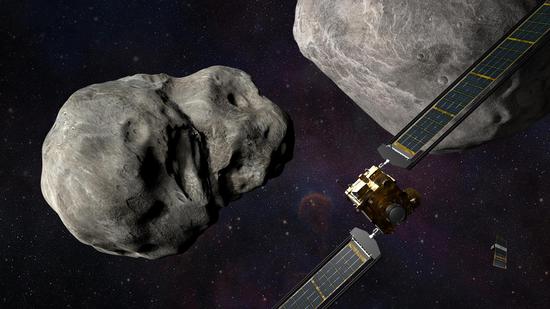Massive snowstorms and a blast of chilly air swept across northern China over the weekend, leaving many people shivering in the freezing cold.
At the same time, a global conference on climate change – COP 26 – is being held in Glasgow, Scotland, where the key topic is how to curb the trend of global warming.
So, why are we experiencing such a frigid winter on a warming planet?
Zhou Bing, chief expert at the China Meteorological Administration's National Climate Center, said the cold snap and global warming, two seemingly opposing facts, are not contradictory.
Zhou explained that global warming does not appear evenly, and triggers more extreme heat and cold.
He said global warming has changed the patterns of atmospheric circulation of the Earth, affecting the local climate via sea-air or land-air interaction.
In October, La Nina, the periodic cooling of ocean surface temperatures in the central and east-central equatorial Pacific, started to affect China, bringing more cold air to the country, said the National Climate Center.
Another reason for the chilly weather is the warming Arctic, according to Zhou.
The Arctic is warming two to three times as fast as any other place on Earth, said Zhou, adding that the polar vortex – a rotating pool of cold, dense air – weakens as the temperature goes up, pushing the cold Arctic air southward.
Against the backdrop of a warming planet, China has seen a growing average temperature in winter, which has increased by 0.41 C every decade since 1961, according to Zhou.
But in some cases, the country also experienced freezing cold - for instance, the icy weather that hit the country in early 2008.
He said climate changes slowly on a geological time scale, but the process has accelerated since modern times due to emissions of carbon dioxide and other greenhouse gas emissions from human activity.
Statistics released by the World Meteorological Organization show that 2016, 2019 and 2020 were the three hottest years on record.


















































 京公网安备 11010202009201号
京公网安备 11010202009201号